Creeping Digital Technologies Innovating Interior Design
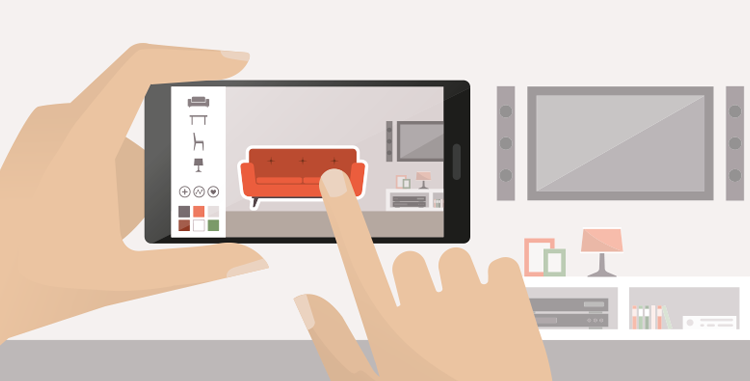
Feature Image Source: iStock.com/elenabs
“First we shape our places and then our places shape us.”
– Winston Churchill
Today Google knows what you are looking for even before you complete typing a search query. Soon enough you will be able to change coloring and illumination of your rooms even before entering it. Our indoor spaces are getting more flexible after people are accepting easily portable interfaces within indoor environments. Now an architect has to design a space that is not always apparently beautiful but can easily be made that way by the user. The continuous advancement of technology means the digital sector must be open to adapting and updating their businesses to stay competitive.
“While technological breakthroughs in the last 10 years have had a significant impact on the world of interior design, future innovations are poised to permanently change the relationship between consumers and designers.”
– Kay Sorin :Luxury Daily
Undoubtedly digital technology is growing with leaps and bounds. Hence the professional interior designers and architects are obliged to keep up and update domestic and commercial interiors accordingly.
Smart Homes For Space Enhancement
Our world is primed to take technological advancement and develop everyday spaces with it. We have already witnessed IoT and smart devices such as refrigerators aware of their internal surroundings, telling us what items we are running out on while heading to the super market. Likewise, the next stage is when the spaces get smart.
Imagine your kitchen showing the schedule or recipes based on the materials available in your kitchen counter. The next stage will be integration or sharing of data between smart appliances such as your refrigerators and smart spaces such as your kitchen.
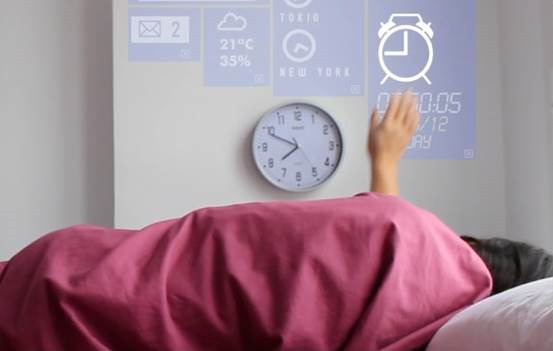
Image Source: Vimeo/Think Big Factory/Openarch Film
Augmented Reality For Personalizeable Interiors
Needless to say the most prominent way technology has so far transformed interior design has been through the use of augmented reality. Several websites and smart phone apps allow you to seamlessly visualize products in their real life environments such as in the background of your home to give a more personalized experience.
Once we witness the product that we intend to buy in its desired surrounding, the consumer gets a clear picture and starts to visualize ways to personalize. Many of the large consumer-facing manufacturers of interior decoration are testing augmented reality solutions to power online catalogs to further ones imagination.
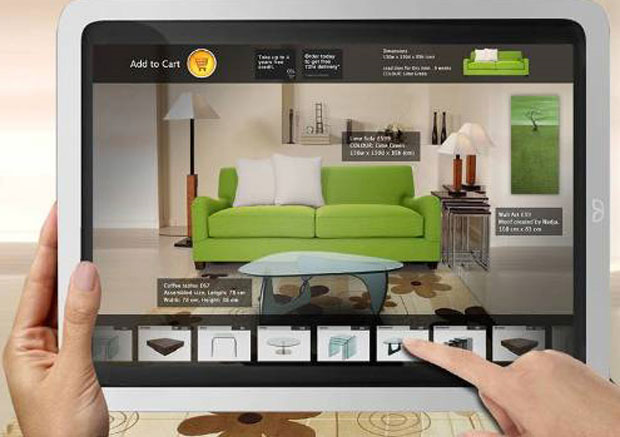
Image Source: OpticsGamer
AR To Limit Going To Physical Store
As the digital technologies are bleeding into our physical world, it won’t be long before we have lost a clear demarcation of the two. AR technology lets you insert digital items into reality, positioning them in the real background in such a way that it looks real. Shoppers can use the app from their smartphones to select a model they like and then position the cursor to place it where they want their product. They will be able to visualize what the final product looks like on their screen. The user can choose variations, colors and sizes for complete customization without having the need to travel to the physical showroom.
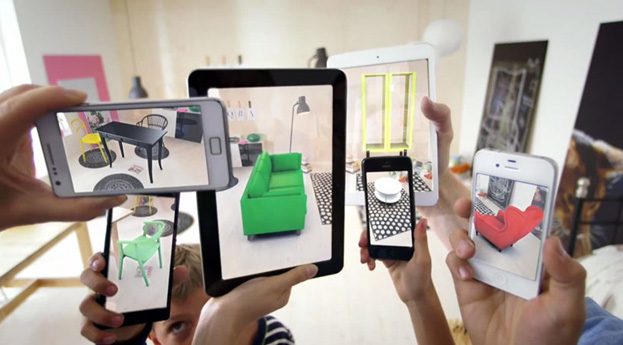
Image Source: Shopify Blog
3D Printing And Product Design
For the creative consumer, it often becomes a tedious, back-and-forth process when outsourcing your furniture design; 3D printing puts the power in your hands. For years, this method has been used to better convey what a design would look like through smaller, lifelike models and has revolutionized how interior design companies demonstrate their ideas.
3D printing has been widely used to help interior design companies quickly move from concept to implementation, reduce costs, and ultimately secure more clients. As this technology matures, it is also becoming more accessible and affordable for companies to use.
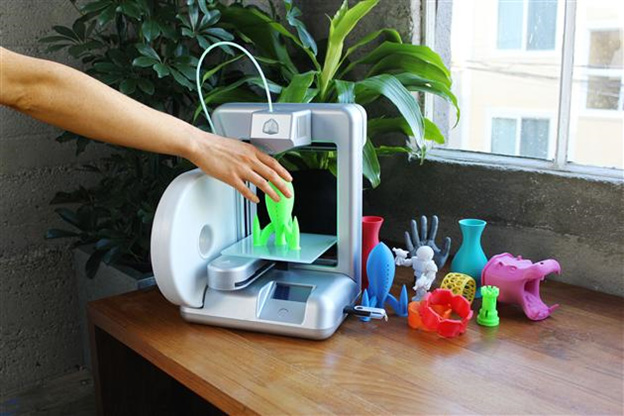
Image Source: HiConsumption
Programmable Illumination Control
Other products are already connecting interior controls via wifi, like this lighting control app that relies on special wifi-enabled light bulbs. Granted, an app that controls your shades isn’t so crazy, but it’s just the beginning. Soon it will be the coloring and illumination of our rooms. XKGlow, a company that specializes in installing LED lighting on vehicles, has an app that allows you to control indoor LED fixtures.
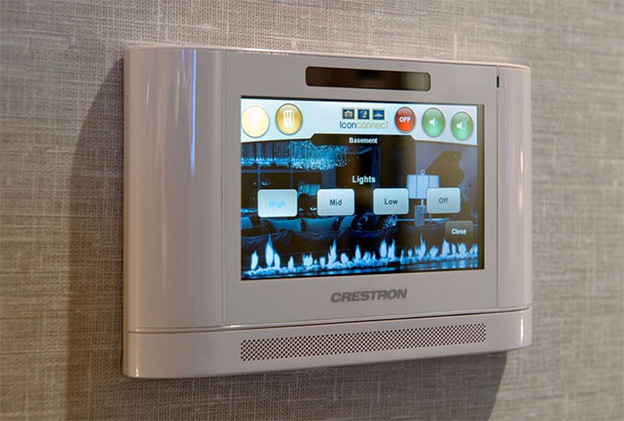
Image Source: davidellis.ca


